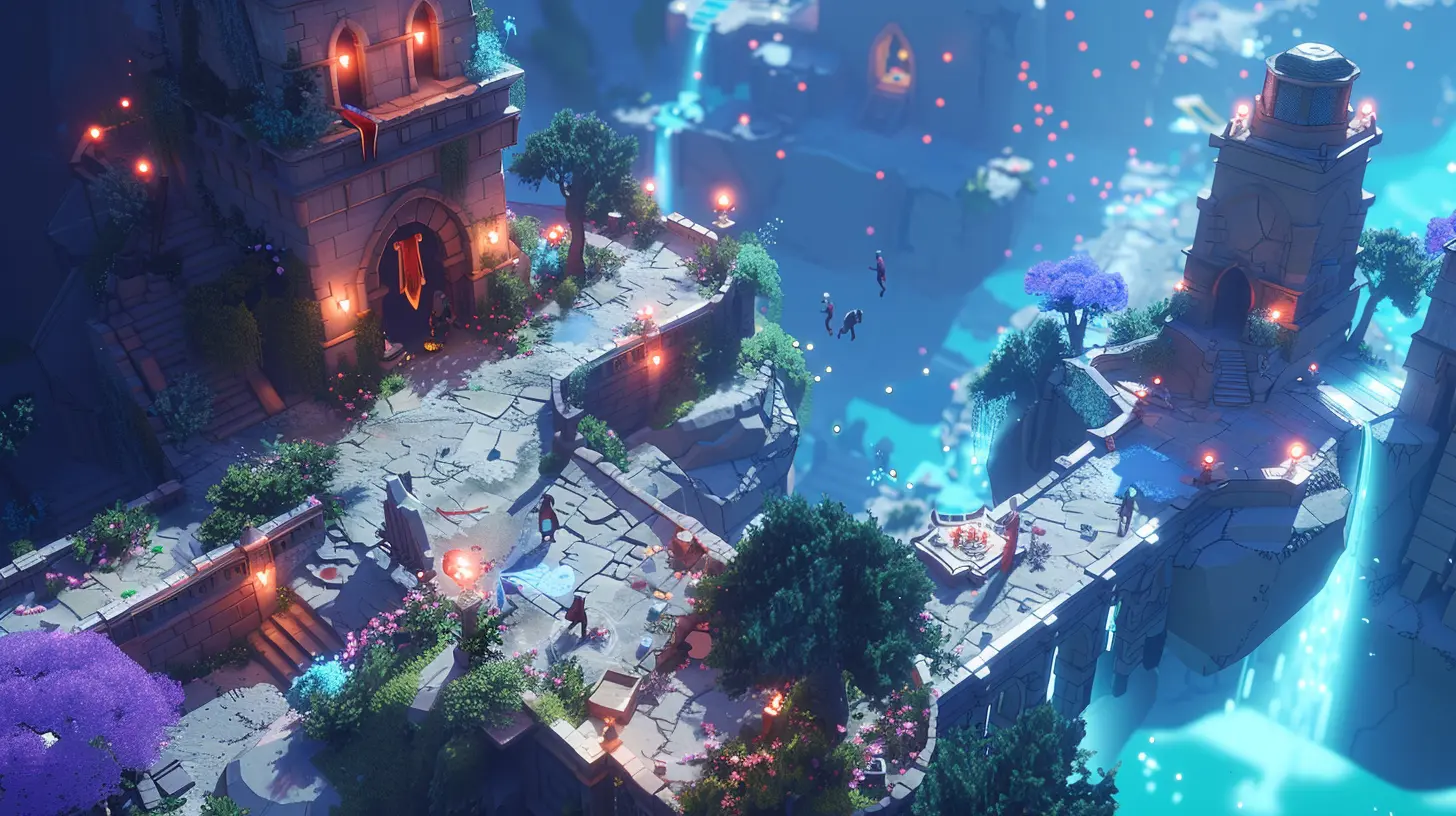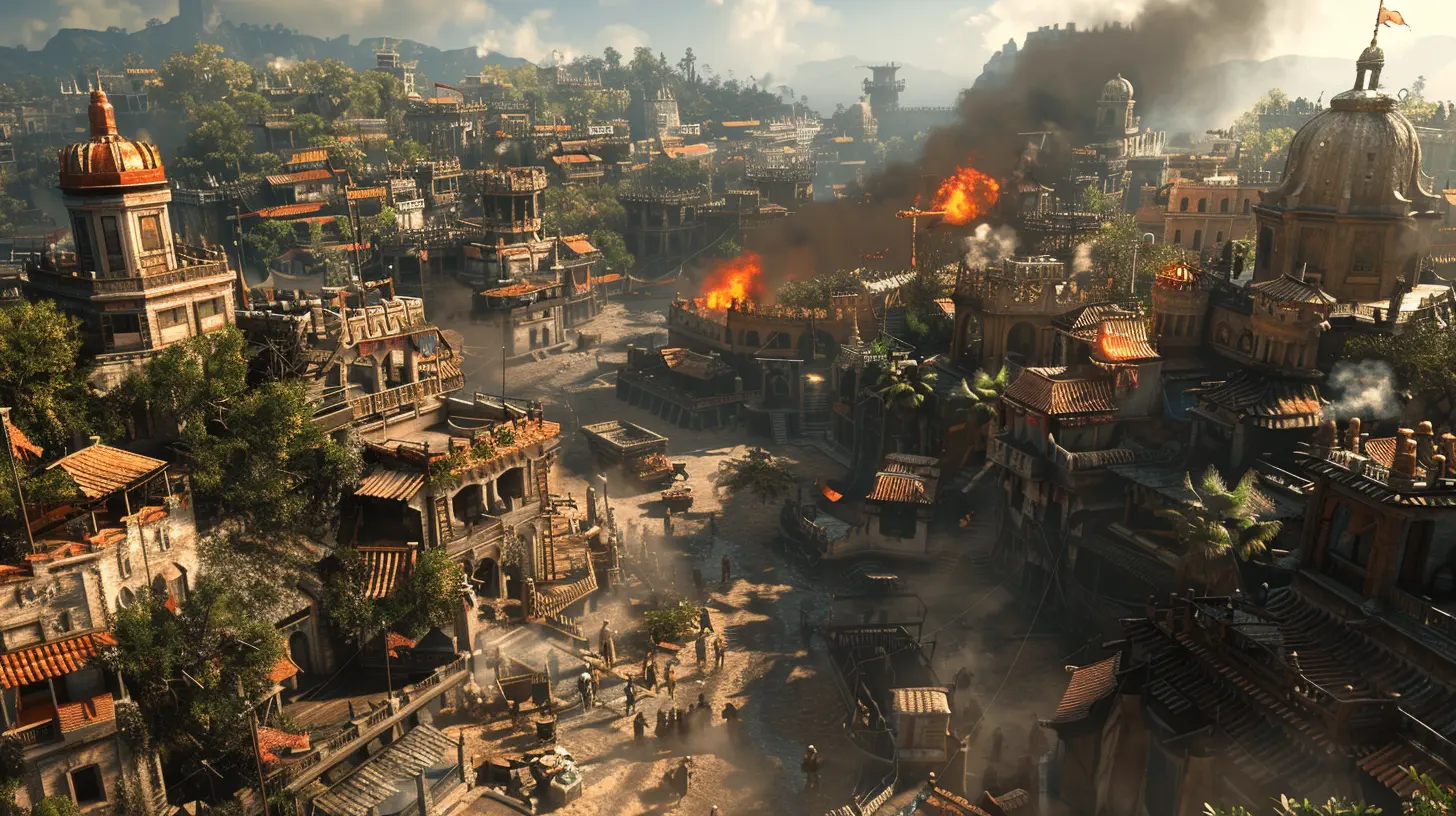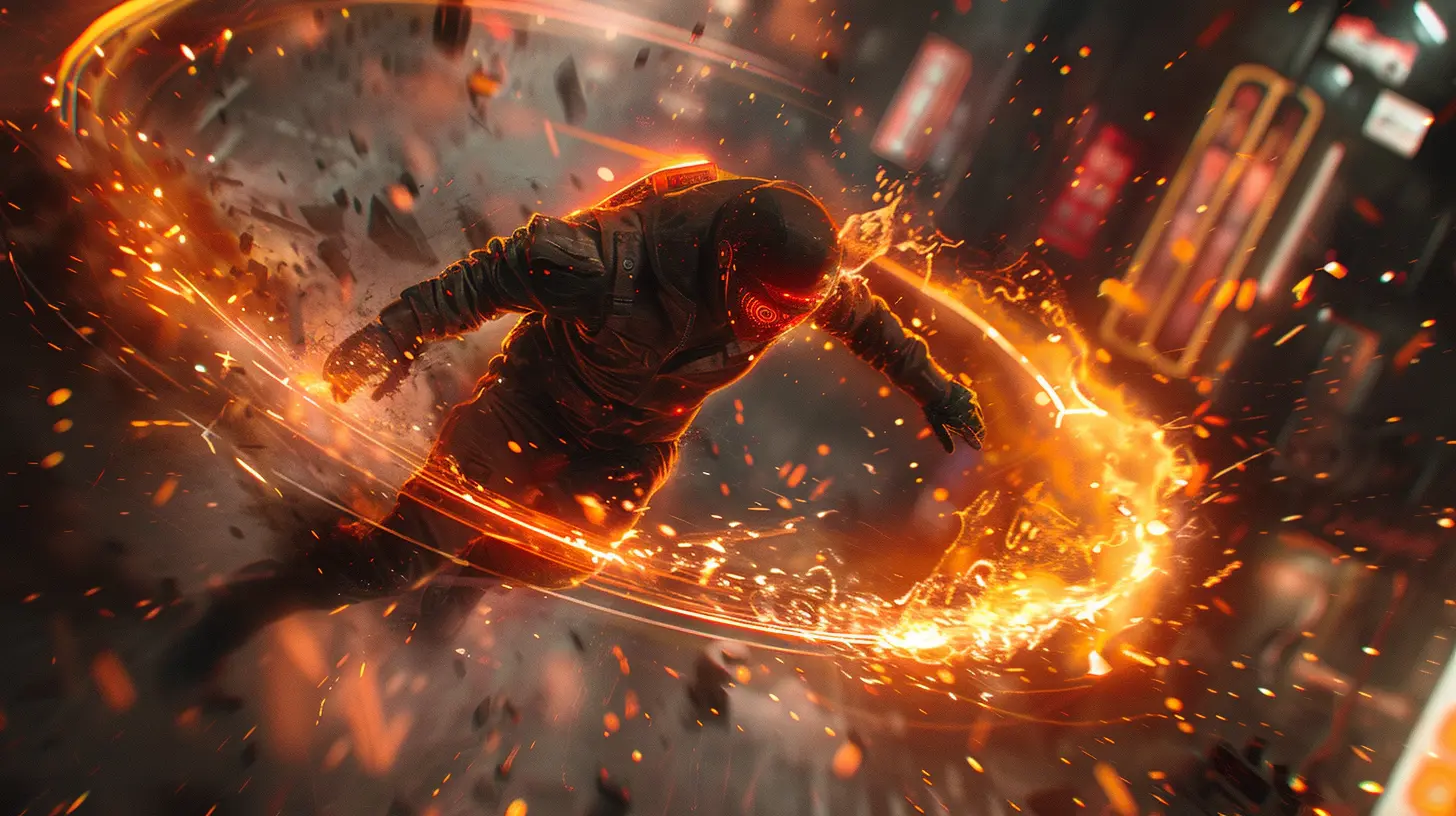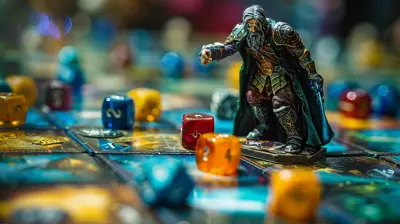14 April 2025
Have you ever been playing a game, smashed open a treasure chest, and suddenly enemies burst through the door ready to challenge you? Or maybe you’ve crossed a seemingly unimportant threshold, and a jaw-dropping cutscene unfolded before your eyes. That’s the magic of event triggers in games.
Event triggers are the secret sauce in game design that make virtual worlds feel alive. Without them? Games would feel flat and lifeless, like playing inside a museum exhibit where nothing reacts to your touch. So, let’s break this down and see how event triggers create those dynamic, edge-of-your-seat moments that keep players hooked. 
What Are Event Triggers in Games?
At their core, event triggers are conditions or actions that, once met or performed, set off a specific reaction in the game. It’s like flipping a switch. Think of them as the game’s way of saying, “Oh, the player did X? Time to make Y happen!”From subtle atmospheric changes like shifting background music, to big, explosive events like boss fights, triggers are the under-the-hood mechanics that make games interactive rather than static. They essentially tell the game: "Hey, it's showtime!" 
The Role of Event Triggers in Game Design
So, why are these triggers so important? Because they bridge the gap between the player's actions and the game world’s responses. Without them, you’d lack that sweet feeling of cause and effect—the sensation that your actions have weight and impact.Here’s how they elevate game design:
1. Immersion on Steroids
When a storm rolls in after you complete a certain mission or NPCs react specifically to your actions, it feels like the game is watching you, adapting to you, even respecting you. That’s immersion. Event triggers create that seamless "living world" effect.2. Driving the Story Without Hand-Holding
Nobody likes being spoon-fed a plot. With triggers, developers can weave storytelling into the gameplay. For instance, stepping into a shadowy forest might trigger an ambush, revealing more about the dangers of the world without needing a text-heavy exposition dump.3. Fine-Tuning Player Experience
Triggers allow designers to control pacing. For example, a sudden horde of enemies rushing in after you pick up a key creates moments of tension. On the flip side, completing a big battle might trigger soothing music and a resting area, telling players it’s okay to breathe again.
Types of Event Triggers in Games
Triggers aren’t a one-size-fits-all type of deal. They’re as varied as the games themselves. Let’s take a look at the major types:1. Area-Based Triggers (Zone Triggers)
These activate when the player enters a specific area. Picture this: you stumble into a clearing, and suddenly a dragon lands with a roar. That’s an area-based trigger at work.Examples:
- Walking into a dungeon and the entrance slams shut behind you.- Entering an enemy camp and alarms go off, summoning guards.
2. Action-Based Triggers
These respond to player actions, whether that’s pulling a lever, picking up an item, or attacking a certain enemy.Examples:
- Grabbing a shiny artifact only to have the floor collapse underneath you.- Firing a weapon in a stealth mission, causing enemies to become alerted.
3. Time-Based Triggers
Ever been racing the clock to complete a mission as things change around you in real-time? That’s a time-based trigger. They’re perfect for ramping up the tension.Examples:
- A bomb ticking down, with obstacles appearing the closer you get to the defusal point.- NPC dialogue evolving based on how long you take to reach them.
4. Condition-Based Triggers
These activate when specific conditions are met. It might require you to collect a certain number of items, defeat a specific enemy, or reach a certain skill level.Examples:
- Killing a mini-boss summons the big bad.- Unlocking a secret door after finding all hidden keys in an area.

The Psychology Behind Event Triggers
Why do event triggers work so well? Because they tap into our human need for feedback. We love feeling like our actions have consequences.Imagine playing a game where nothing reacts to you—no enemies, no sounds, no visual changes. You could finish a mission and feel... nothing. It’s like pressing buttons on a broken vending machine. With event triggers, every action feels like it matters, creating a loop of anticipation and reward.
Implementing Event Triggers: A Balancing Act
Here’s a little insider secret: while triggers can create magic, they can also backfire when implemented poorly. Timing is everything.1. Avoiding Predictability
If players can guess when a trigger is coming, it kills the excitement. You know that stereotypical moment in horror games where grabbing ammo triggers an enemy attack? Yeah, it gets stale fast. Mixing things up is key.2. Balancing Challenge and Fun
Triggers should enhance gameplay—not frustrate it. If every step you take launches a hundred enemies at you, it stops being thrilling and starts being exhausting.3. Testing and Polishing
Nothing ruins immersion faster than a busted trigger. Ever had an NPC start talking about an event that hasn’t happened yet? Or worse, an event trigger failing entirely? Yeah, it’s awkward. That’s why rigorous testing is critical.Examples of Legendary Event Triggers in Games
If you want a masterclass on brilliant use of event triggers, look no further than these iconic examples:1. The Dogs in Resident Evil (1996)
Walking down a quiet corridor, you think you’re safe. Then BOOM! Dogs burst through the windows. It's a perfect blend of area-based and timing-dependent triggers, designed to scare the life out of you.2. G-Man Encounters in Half-Life
G-Man’s chilling appearances are a masterstroke of subtle, condition-based triggers. You’ll spot him in the background, watching you ominously. You don’t interact with him, but his presence feels deliberate—and unnerving.3. The Red Wedding in The Witcher 3
When you make a choice that triggers the infamous Red Wedding, you realize just how deep the consequences of your actions run. The event is triggered not by a single action, but by a series of decisions leading up to it.Event Triggers in Modern Game Development
In today’s industry, triggers are more sophisticated than ever. Developers are blending them with advances in AI to make games even more dynamic. For example, adaptive AI can now trigger events—not just based on direct player actions—but also predicted behavior.Imagine an NPC that notices you sneaking and triggers an ambush, not because stepping into a zone activated it, but because you lingered suspiciously in the shadows too long.
How Triggers Shape Player Experience
At the end of the day, event triggers are about creating memories. Think back to your favorite gaming moments. I’d bet most of them were tied to an event trigger—whether it was a jaw-dropping betrayal, an epic boss entrance, or a quiet emotional scene you didn’t see coming.Triggers are what turn games into stories and experiences we carry with us long after the credits roll.
Conclusion: Why Event Triggers Are the Heartbeat of Gaming
Without event triggers, games wouldn’t feel like games. They’d be static, unresponsive, and, honestly, a bit boring. Triggers create the "wow" moments, the tension, the laughter, and the surprises that make gaming such a unique medium.Whether you’re storming a castle, solving puzzles, or just chilling in a virtual town, remember: every reaction, every twist, every enemy that shows up unexpectedly—they’re all thanks to the art of event triggers. Game on!




Zevonis Anderson
Empower players—ignite epic gaming experiences!
April 17, 2025 at 3:56 AM